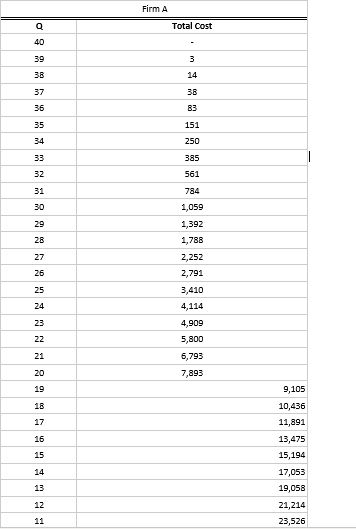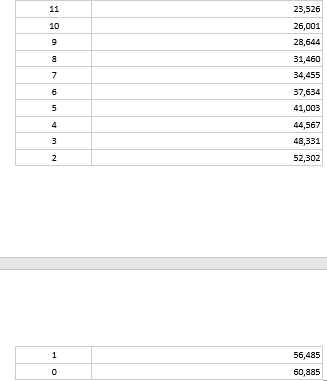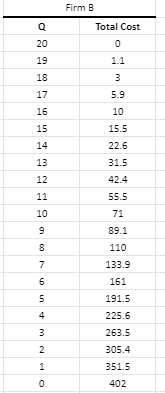Question
While conducting pilot research on the effects of air quality on plants and fungus in 2014, employees of a government agency detected alarmingly high levels
While conducting pilot research on the effects of air quality on plants and fungus in 2014, employees of a government agency detected alarmingly high levels of cancer causing pollutants in areas surrounding two metals manufacturers in a mid-sized east coast US city. Besides being carcinogenic, these air pollutants are known to damage plants, pets, and human health through several pathways when their local concentrations are high. To reduce the concentration to acceptable atmospheric concentrations, it is established that the combined emissions of factories would have to be no higher than 44 metric tons of pollutant each year. Currently, one firm emits 40 tons of pollutant each year, while the other emits 20 tons each year.
The attached worksheet details each firm's emission level and the total costs associated with reducing emissions.
Assume that local officials, in an attempt to be "equitable", choose to allocate cleanup responsibility equally between the two firms.
- How many tons would each firm need to abate?
- What would the total cost to society be of the desired level of abatement?



Step by Step Solution
There are 3 Steps involved in it
Step: 1

Get Instant Access to Expert-Tailored Solutions
See step-by-step solutions with expert insights and AI powered tools for academic success
Step: 2

Step: 3

Ace Your Homework with AI
Get the answers you need in no time with our AI-driven, step-by-step assistance
Get Started


